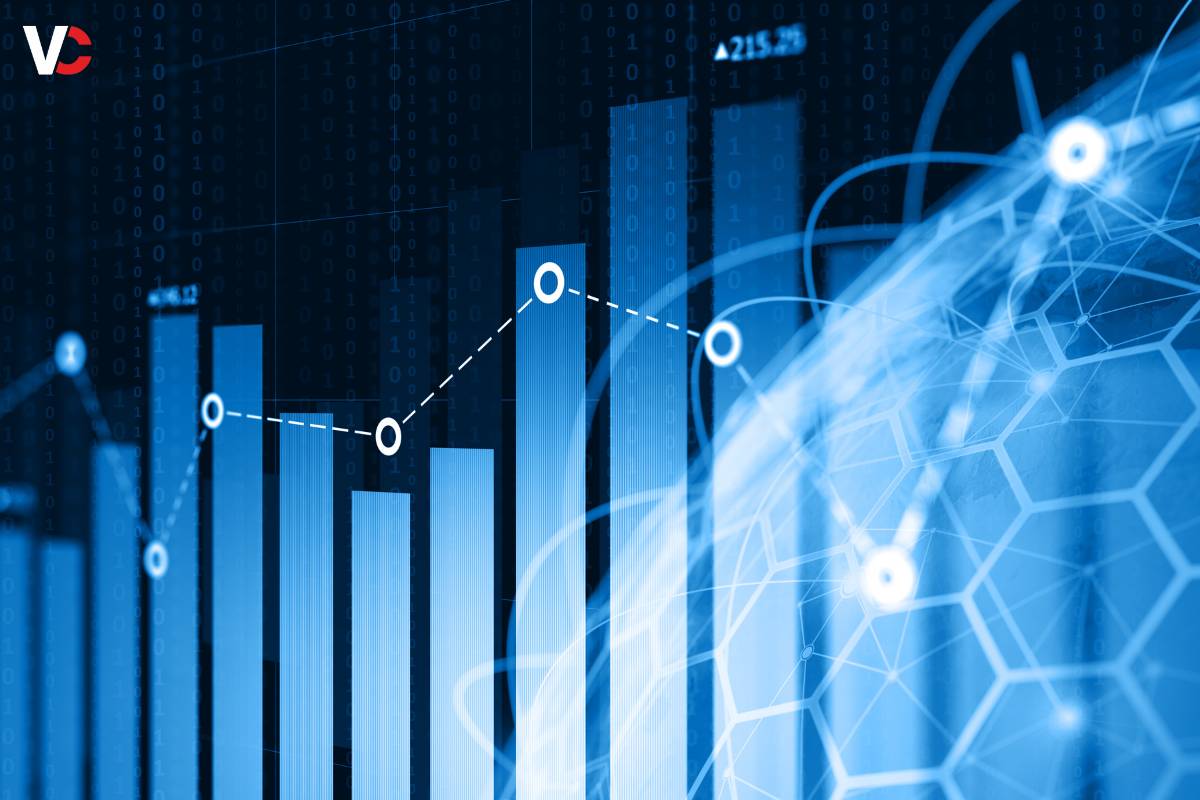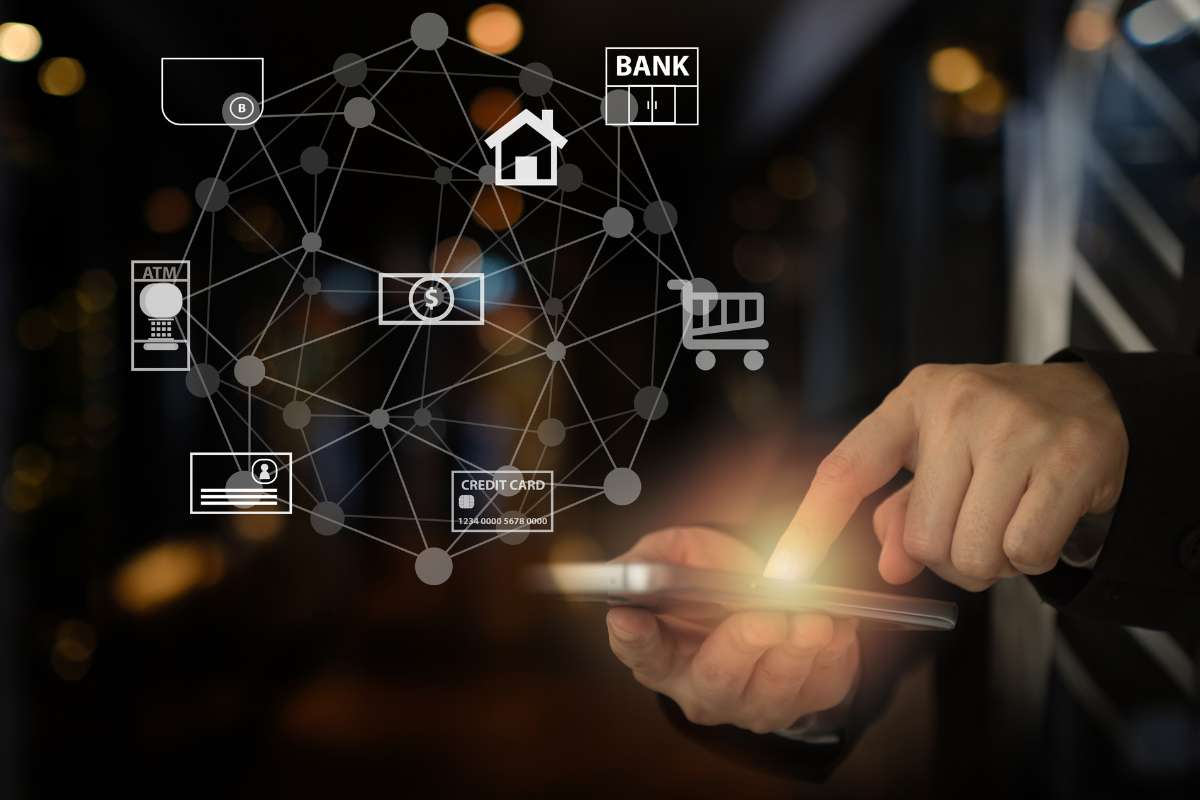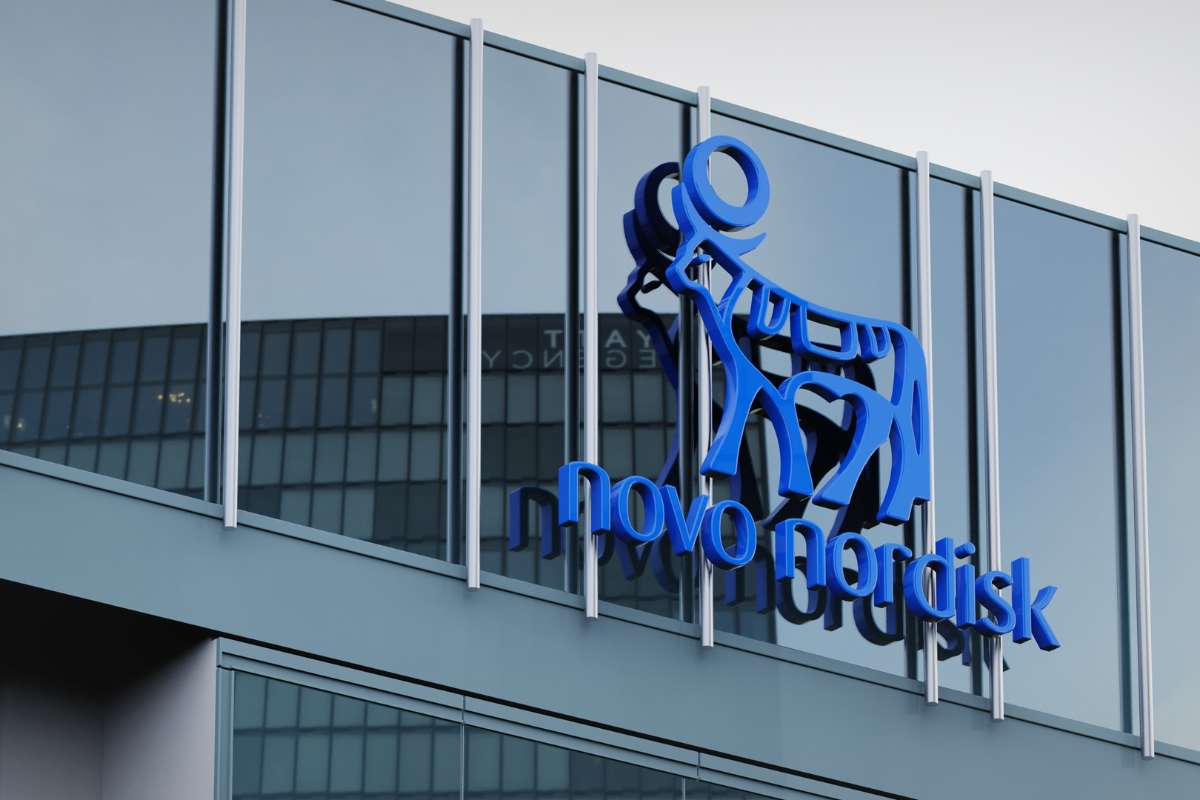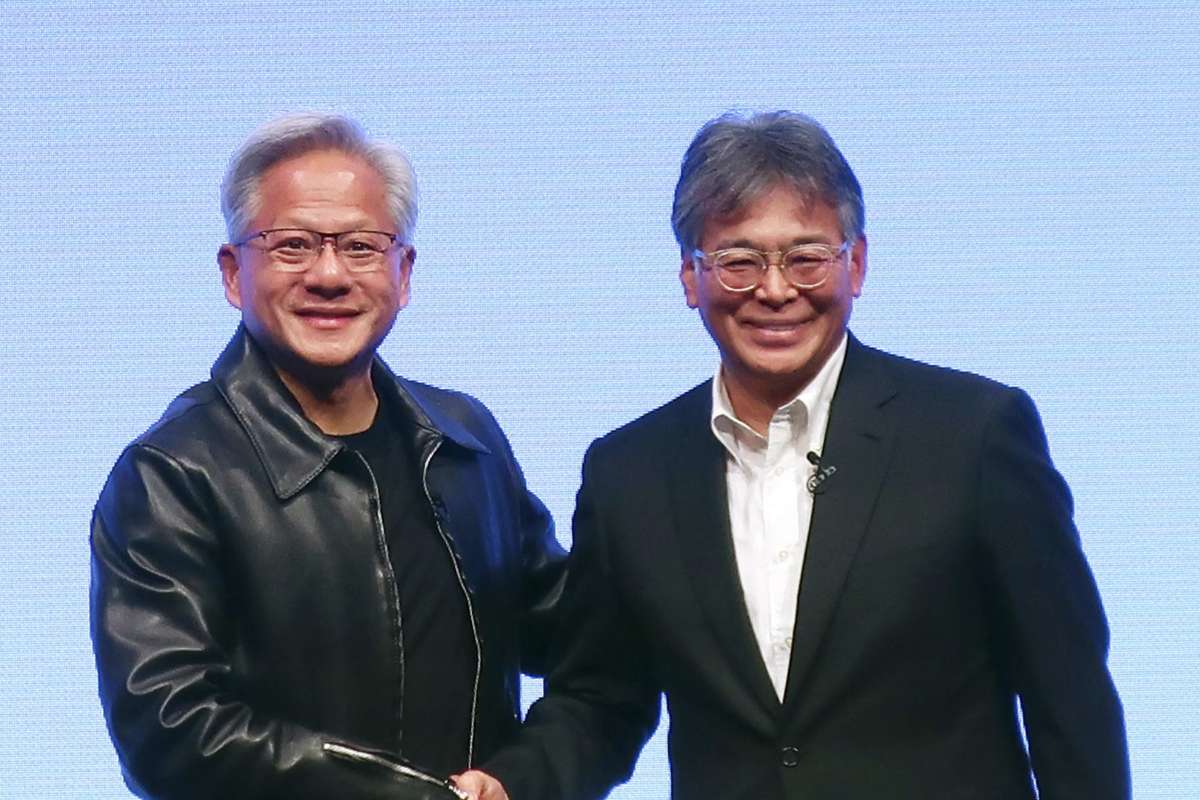The healthcare industry is undergoing rapid transformation driven by technological advancements and technology trends that are revolutionizing patient care, operational efficiency, and overall healthcare delivery. Numerous technology trends are reshaping the healthcare landscape from artificial intelligence (AI) and telemedicine to blockchain and wearable devices. This blog explores the top healthcare technology trends driving change in the sector today.
Here are the Top 7 Healthcare Technology Trends:
1. Artificial Intelligence (AI) and Machine Learning
Artificial Intelligence (AI) and machine learning have emerged as transformative forces in healthcare, offering unprecedented capabilities in diagnostics, personalized treatment plans, and administrative efficiency. AI algorithms can analyze vast amounts of medical data, including patient records, imaging scans, and genomic information, to identify patterns and insights that can aid in disease detection and treatment planning. Machine learning algorithms continuously improve their accuracy and effectiveness with more data, making them invaluable tools for healthcare providers seeking to deliver more precise and personalized care.
AI-powered applications also extend to operational efficiencies within healthcare organizations, such as optimizing scheduling, predicting equipment maintenance needs, and streamlining administrative processes. This not only improves resource utilization but also reduces costs and enhances the overall patient experience by minimizing wait times and administrative burdens.
2. Telemedicine and Remote Patient Monitoring
Telemedicine has experienced exponential growth, particularly accelerated by the COVID-19 pandemic, as healthcare providers seek alternative ways to deliver care while minimizing physical contact. Telemedicine platforms allow patients to consult with healthcare professionals remotely via video calls, chat, or phone, enabling timely access to medical advice and treatment without the need for in-person visits.
Remote patient monitoring (RPM) devices, including wearable sensors and IoT-enabled devices, complement telemedicine by continuously collecting and transmitting patient data to healthcare providers. This real-time data allows for proactive management of chronic conditions, early detection of health issues, and personalized interventions based on individual health metrics. Telemedicine and RPM not only improve access to care, especially in rural or underserved areas but also enhance patient convenience and engagement in managing their health.
3. Blockchain Technology for Health Data Security
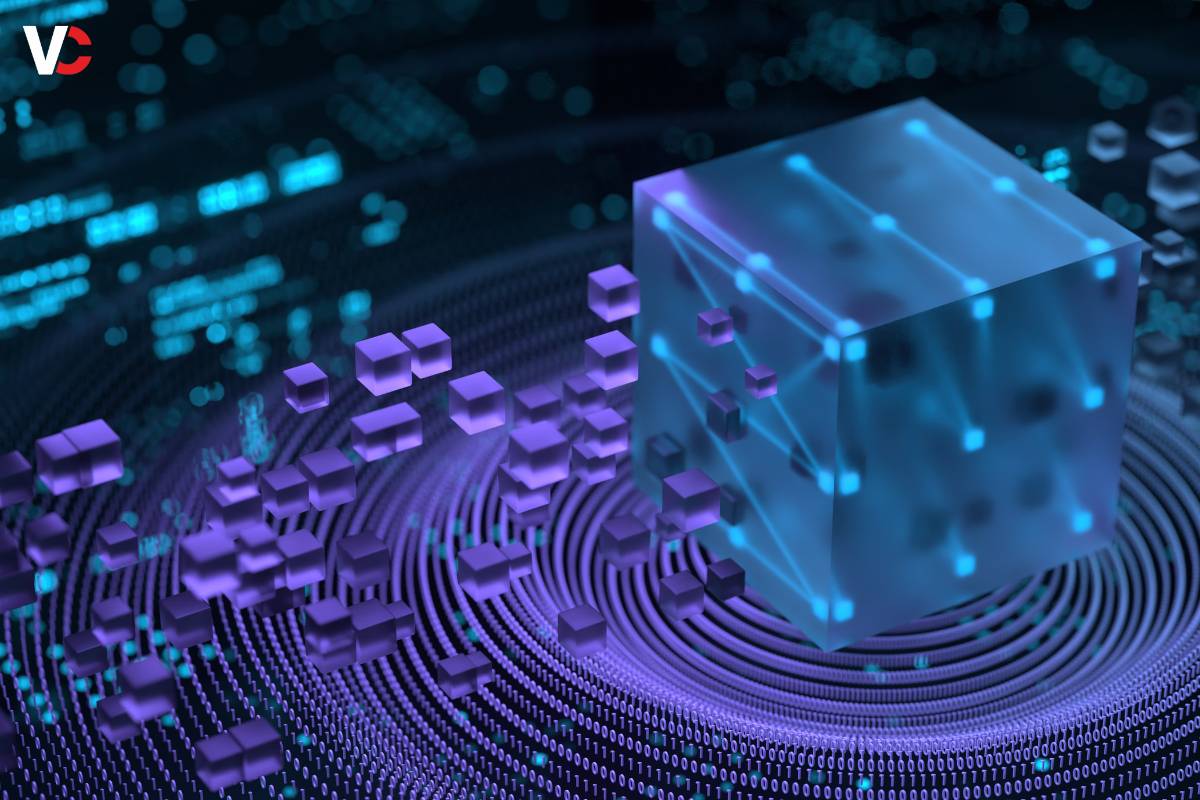
Blockchain technology is revolutionizing healthcare data management by offering unprecedented security, transparency, and interoperability. In healthcare, blockchain enables the secure storage and sharing of sensitive patient information, such as medical records, lab results, and billing data, across multiple stakeholders including patients, providers, and insurers.
Blockchain’s decentralized and encrypted ledger system ensures that health data remains tamper-proof and accessible only to authorized parties, thereby reducing the risk of data breaches and improving patient privacy. Moreover, blockchain facilitates interoperability between disparate healthcare systems, allowing seamless and secure exchange of information while maintaining data integrity. As healthcare becomes increasingly digital and interconnected, blockchain technology promises to safeguard patient data and streamline healthcare operations.
4. Internet of Medical Things (IoMT) and Wearable Devices
The Internet of Medical Things (IoMT) refers to interconnected medical devices, sensors, and wearables that collect and transmit patient data in real time. IoMT devices, such as smartwatches, fitness trackers, and connected health monitors, enable continuous monitoring of vital signs, physical activity, and adherence to treatment regimens outside traditional healthcare settings.
These wearable devices provide healthcare providers with valuable insights into patient health trends, allowing for early detection of abnormalities, remote patient monitoring, and personalized health interventions. IoMT not only enhances preventive care and chronic disease management but also empowers patients to actively participate in their healthcare by tracking and managing their health metrics in real-time.
5. Augmented Reality (AR) and Virtual Reality (VR) in Healthcare

Augmented Reality (AR) and Virtual Reality (VR) technologies are revolutionizing medical training, surgical planning, and patient rehabilitation. AR overlays digital information in the real-world environment, providing healthcare professionals with immersive and interactive training simulations, anatomical visualizations, and surgical guidance. Surgeons can use AR during complex procedures to visualize patient anatomy in three dimensions, improving accuracy and reducing risks.
VR, on the other hand, creates entirely immersive environments that simulate real-world scenarios or therapeutic experiences for patients undergoing rehabilitation or managing chronic pain. VR therapy has shown promising results in treating anxiety disorders, phobias, and post-traumatic stress disorder (PTSD) by providing controlled exposure therapy in a safe and immersive environment.
6. Genomics and Precision Medicine
Advancements in genomics and biotechnology are paving the way for precision medicine, which tailors medical treatment and interventions to individual genetic profiles and molecular characteristics. The decreasing cost of genome sequencing and the development of advanced bioinformatics tools have accelerated the adoption of genomics in clinical practice.
Genomic data enables healthcare providers to identify genetic predispositions to diseases, predict patient responses to specific medications, and personalize treatment plans based on individual genetic variations. Precision medicine not only improves treatment outcomes and reduces adverse drug reactions but also supports the development of targeted therapies for rare and genetically driven diseases that were previously challenging to treat effectively.
7. Robotic Process Automation (RPA) and AI in Healthcare Operations
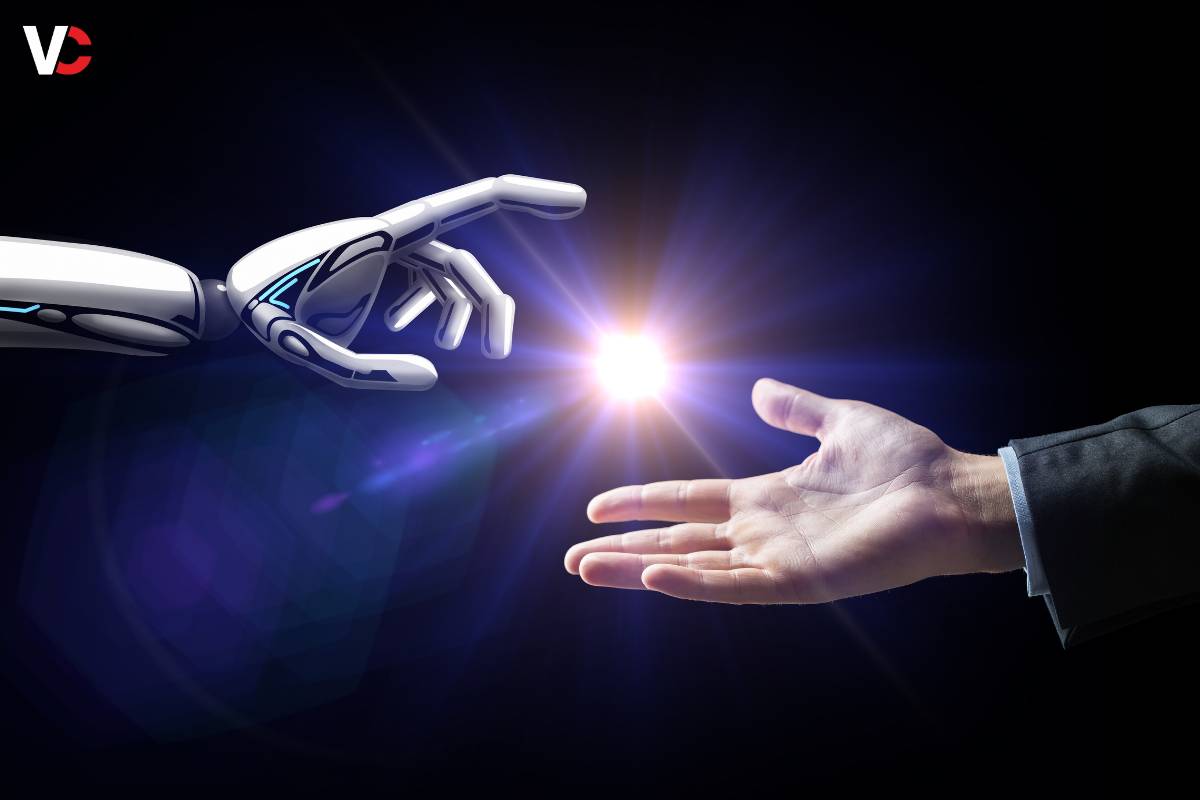
Robotic Process Automation (RPA) is transforming administrative tasks within healthcare organizations by automating repetitive and rule-based processes, such as claims processing, appointment scheduling, and inventory management. RPA solutions streamline workflow efficiency, reduce operational costs, and minimize human errors, allowing healthcare staff to focus on patient care and more complex tasks.
AI-powered chatbots and virtual assistants are also increasingly used in healthcare settings to automate patient interactions, provide 24/7 customer support, and triage incoming inquiries. These virtual assistants can schedule appointments, answer common medical questions, and provide personalized health advice based on symptom analysis, thereby improving patient satisfaction and operational efficiency.
Conclusion
In conclusion, the healthcare industry is at the forefront of technological innovation, with transformative technologies such as AI, telemedicine, blockchain, IoT, AR/VR, genomics, and RPA driving significant changes in patient care, operational efficiencies, and healthcare delivery. These technologies not only enhance clinical outcomes, patient experience, and healthcare accessibility but also facilitate data-driven decision-making, personalized treatments, and cost-effective healthcare solutions. Healthcare technology trends are the result of the manifestation of knowledge.
As these healthcare technology trends continue to evolve and integrate into everyday practice, stakeholders across the healthcare ecosystem—from providers and insurers to patients and policymakers—must embrace digital transformation and collaborate to harness the full potential of these innovations. Healthcare technology trends are used to minimize loss by cutting unnecessary machinery. By leveraging cutting-edge technologies and using technology trends responsibly and ethically, the healthcare sector can achieve greater efficiency, improved patient outcomes, and a more sustainable healthcare system for the future.
Also Read: Top 5 Trends in EdTech to Watch in 2024

